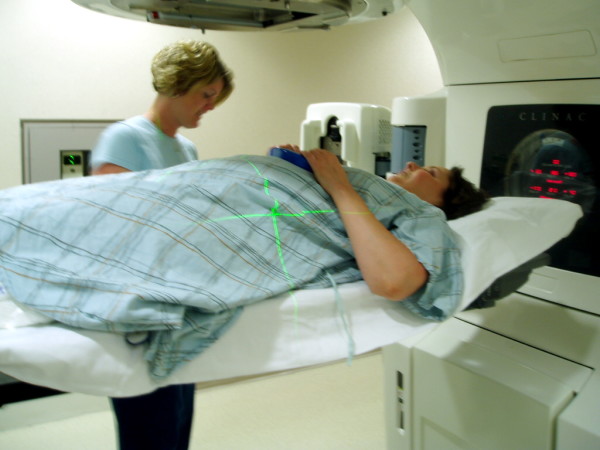Our current methods of treating cancerous tumors have many drawbacks. The most common method of cancer therapy, chemotherapy, targets more then just tumor cells, and as a result, chemotherapy patients suffer physical side effects in addition to the mental burden of battling a difficult disease. One alternative to chemotherapy that is currently being researched is the application of micro RNA, or miRNA, to suppress the growth of tumors.
It has been established that disruption or loss of miRNA within cells can lead to cancer. Many have tried adjusting miRNA levels within cancer cells to treat tumors; however, the problem of using miRNA to treat tumors lies in the method of delivery. This problem has been addressed by scientists at MIT who have developed a new method of delivering miRNA to tumors using a novel triple helix RNA structure embedded within a biocompatible sticky-gel.
The biocompatible gel is compromised of two polymers: dextran and dendrimer. In this new study, MIT scientists exploited the ability of dendrimer to form a self-assembled structure with the miRNA of interest. The dextran is used to formulate a sticky-gel like structure that is biocompatible with the human body, and the miRNA triple helix embedded within dendrimer forms a nanoparticle-like structure that is able to penetrate tumors. In the study, two strands of the helix were used to interfere with the cancer cell’s ability to proliferate, while the third strand was used to stabilize the structure.
Image Source: Chris Ryan
The combination of this gel and the triple helix structure of the miRNA allows for the local delivery of the treatment, bypassing the need for any drugs to be processed by the liver or kidneys, which could lead to unwanted side effects. In addition, this delivery method “shrank [tumors] 90% and the mice survived for up to 75 days, compared with less than a week for other treatments”. This novel approach to cancer therapy is an immense breakthrough due to the fact that it is very versatile. Different miRNA structures/combinations can be applied to different variations of tumors, allowing for targeted therapy that is safer and more effective.
The breakthroughs of miRNA in cancer therapy is not the be-all end-all solution to cancer therapy. Natalie Artzi, associate professor of medicine at Brigham and Women’s Hospital, explains, “Cancer is perceived as a systemic disease that mandates systemic treatment. However, in some cases, solid tumors can benefit from a local therapy that may include gene therapy or chemotherapy.” miRNA treatment provides just one step in the systemic treatment required to treat cancer.
Feature Image Source: Getting ready for radiation treatment by Indy Dina with Mr. Wonderful










